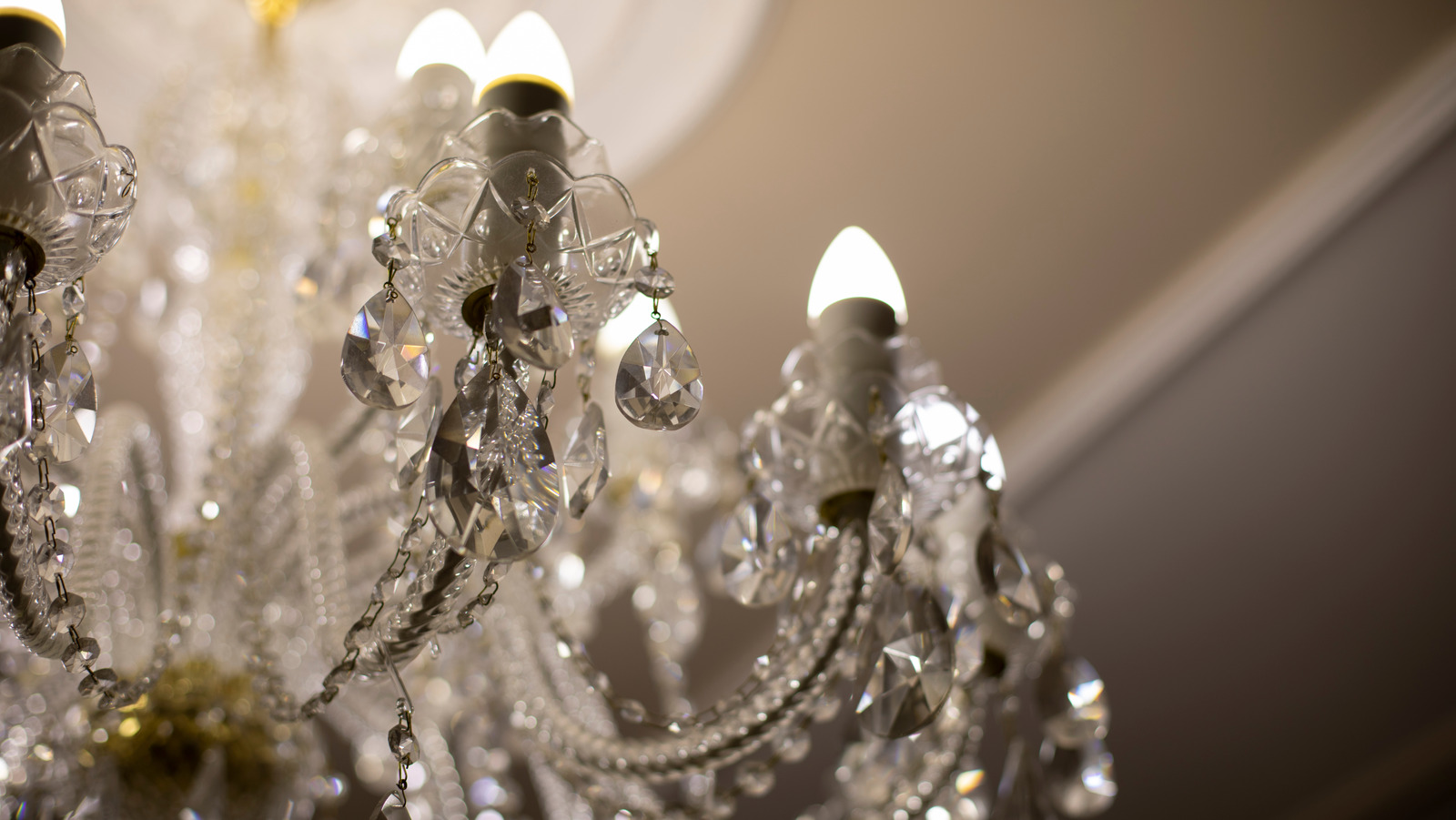

Furniture
How To Tell If A Chandelier Is Worth Money
Modified: May 6, 2024
Learn how to determine the value of your chandelier with our helpful guide. Discover if your furniture piece is worth money and how to appraise it accurately.
(Many of the links in this article redirect to a specific reviewed product. Your purchase of these products through affiliate links helps to generate commission for Storables.com, at no extra cost. Learn more)
Introduction
Welcome to the world of chandeliers, where elegance and sophistication come together to illuminate your space. Chandeliers have long been a symbol of luxury and grandeur, adorning the ceilings of palaces, mansions, and upscale establishments. But did you know that some chandeliers hold more than just aesthetic value? They can also be worth a significant amount of money.
If you’re curious about whether that vintage chandelier you inherited from your grandmother or the one you spotted at a flea market is worth a substantial sum, this article is for you. While determining the value of a chandelier can be a complex process, there are several key factors to consider that can give you a better idea of its monetary worth. Let’s dive in and explore how to tell if a chandelier is worth money.
Key Takeaways:
- Assessing the value of a chandelier involves considering factors such as material, age, brand, and market demand. Thorough research, expert consultation, and comparison with similar sales are essential for an accurate evaluation.
- While determining the monetary value of a chandelier is crucial, its emotional and aesthetic significance should not be overlooked. Understanding its worth allows for confident decision-making in the marketplace.
Read more: Which Glassware Is Worth Money
Factors to Consider
When assessing the value of a chandelier, it’s essential to evaluate several key factors that can greatly influence its worth. These factors include the material and construction, age and historical significance, brand and designer, style and design elements, condition and authenticity, as well as market demand and rarity. Let’s take a closer look at each of these factors.
- Material and Construction: The materials used in the construction of a chandelier can significantly impact its value. Chandeliers crafted from high-quality materials such as crystal, brass, bronze, or Murano glass are generally more valuable than those made from cheaper materials like plastic or aluminum.
- Age and Historical Significance: The age of a chandelier can be a crucial factor in determining its value. Antique chandeliers from the 18th or 19th century tend to have higher monetary worth due to their historical significance and rarity.
- Brand and Designer: Chandeliers created by renowned brands or iconic designers often carry a premium price tag. Pieces designed by famous names such as Baccarat, Lalique, or Tiffany & Co. can command higher values than generic or lesser-known brands.
- Style and Design Elements: The style and design of a chandelier also play a crucial role in determining its value. Chandeliers featuring intricate details, ornate patterns, or unique design elements are typically more desirable and can fetch higher prices in the market.
- Condition and Authenticity: The overall condition of the chandelier, including any damage or missing parts, can greatly impact its value. Additionally, verifying the authenticity of the chandelier, especially for high-end vintage or antique pieces, is essential to ensure its worth.
- Market Demand and Rarity: The demand for certain styles or designs of chandeliers can fluctuate over time. Highly sought-after styles or limited-edition pieces are often more valuable due to their rarity and desirability in the market.
By carefully considering these factors, you can start to get a sense of the potential value of a chandelier. However, assessing the exact worth of a chandelier requires a more in-depth evaluation process. In the next section, we’ll explore how to go about determining the value of a chandelier.
Material and Construction
When evaluating the value of a chandelier, one of the primary factors to consider is the material and construction used in its creation. The materials used can significantly impact the overall quality and worth of the chandelier.
Chandeliers crafted from high-quality materials are generally more valuable than those made from cheaper alternatives. Materials such as crystal, brass, bronze, or Murano glass are highly sought-after due to their durability, visual appeal, and historical significance.
Crystal chandeliers, for example, are known for their dazzling beauty and intricate designs. The transparency and light-reflective properties of crystal create a stunning visual effect when illuminated, enhancing the overall ambiance of a space. Antique crystal chandeliers, especially those crafted from hand-cut and hand-polished crystals, are highly valued by collectors and enthusiasts alike.
Brass and bronze chandeliers are also highly regarded for their craftsmanship and durability. These materials provide a classic and timeless aesthetic, often featuring intricate detailing and elegant forms. Brass chandeliers with intricate castings or bronze chandeliers with patina finish can command higher prices due to their fine craftsmanship and visual appeal.
Another material that adds value to a chandelier is Murano glass. Originating from the island of Murano in Venice, Italy, Murano glass is renowned for its exceptional craftsmanship and artistic beauty. Chandeliers made from Murano glass are considered works of art, with each piece being hand-blown and uniquely crafted. The delicate and vibrant colors, along with the stunning shapes and patterns, make Murano glass chandeliers highly desirable and valuable.
On the other hand, chandeliers made from cheaper materials like plastic or aluminum are generally considered less valuable. While they may serve a decorative purpose, their market value is often lower due to the lack of durability, craftsmanship, and historical significance associated with higher-quality materials.
When assessing the construction of a chandelier, it’s important to consider the level of craftsmanship and attention to detail. Chandeliers with precise and intricate construction techniques, such as hand-forged metalwork or hand-cut crystals, are typically more valuable than mass-produced or machine-made counterparts.
By considering the material used and the quality of construction, you can gain valuable insights into the potential value of a chandelier. However, it’s important to keep in mind that other factors, such as age, rarity, and demand, also come into play when determining its overall worth.
Age and Historical Significance
When assessing the value of a chandelier, one important factor to consider is its age and historical significance. Antique and vintage chandeliers often hold a higher monetary worth due to their historical value, rarity, and unique craftsmanship.
The age of a chandelier can provide valuable insights into its worth. Chandeliers that are several decades or centuries old are considered antique or vintage, and they tend to fetch higher prices in the market. The historical significance of these chandeliers adds to their desirability among collectors and enthusiasts.
Antique chandeliers from the 18th and 19th centuries are particularly sought-after. These pieces are often crafted using traditional techniques and showcase intricate designs and detailing. They were crafted during a time when chandelier-making was a highly skilled and labor-intensive craft, resulting in unique and noteworthy pieces that are highly valued in today’s market.
In addition to age, the historical significance of a chandelier can greatly enhance its value. Chandeliers that have a connection to a specific historical period, event, or prominent individual are considered historically significant. For example, a chandelier that adorned a prestigious palace or was commissioned for a royal family may carry a higher price tag due to its rich history and association with power and privilege.
Moreover, chandeliers that showcase unique design influences from specific time periods or artistic movements, such as Art Nouveau or Art Deco styles, also tend to be highly valued. These designs represent the artistic trends and cultural influences of their respective eras, making them highly collectible and sought after by collectors and design enthusiasts.
It’s important to note that the age and historical significance of a chandelier should be accompanied by proper documentation and evidence to authenticate its origin and provenance. This documentation not only adds credibility but also helps establish its value in the market.
When evaluating the age and historical significance of a chandelier, it’s crucial to research its origins, consult experts, and seek professional appraisals. These steps will help provide a more accurate estimation of its worth based on its historical context and significance.
By taking into consideration the age and historical significance of a chandelier, you can gain a deeper appreciation for its value and understand its importance in the world of decorative arts and design.
Brand and Designer
When assessing the value of a chandelier, another critical factor to consider is the brand and designer associated with it. Chandeliers created by renowned brands or iconic designers often command higher prices and are highly sought after by collectors and design enthusiasts.
Brands such as Baccarat, Lalique, and Swarovski are synonymous with luxury and craftsmanship in the world of chandeliers. These brands have established themselves as industry leaders, known for their exquisite designs and exceptional quality.
Chandeliers bearing the Baccarat name, for example, are considered some of the finest and most valuable in the market. Baccarat chandeliers are handcrafted using the highest quality crystals, with meticulous attention to detail and precision. The brand’s long-standing reputation for excellence and their association with opulent settings contribute to their high value.
Lalique is another brand known for its exceptional chandeliers. Lalique chandeliers are characterized by their elegant and artistic designs, often incorporating elements of nature and sculptural forms. The brand’s history and reputation for producing exquisite glasswork further add to the desirability and value of their chandeliers.
Designer chandeliers also hold a special place in the market. Pieces created by renowned designers, such as Tiffany & Co., have a strong following and can command premium prices. Tiffany chandeliers are known for their distinctive stained glass designs, intricate patterns, and exquisite craftsmanship. The combination of the Tiffany name and the unique designs they offer contribute to their high value.
It’s worth noting that while chandeliers from prominent brands and designers often carry a higher price tag, there may be hidden gems created by lesser-known or emerging designers that offer exceptional craftsmanship and design at a more accessible price point. Exploring and discovering chandeliers from up-and-coming designers can be an exciting way to find unique pieces with potential future value.
When evaluating the brand and designer of a chandelier, it’s important to conduct research and gather information about their reputation, design aesthetics, and market demand. Examining the brand’s history, the designer’s portfolio, and current trends in the market can provide valuable insights into the potential value of the chandelier.
By considering the brand and designer, you can gauge the quality, prestige, and desirability of a chandelier, all of which play a significant role in determining its value in the market.
Read more: How Much Is A Tiffany Chandelier Worth
Style and Design Elements
When determining the value of a chandelier, one important factor to consider is its style and design elements. The style of a chandelier refers to the overall aesthetic and design characteristics, while the design elements encompass specific features, motifs, and decorative elements incorporated into the piece.
Chandeliers come in a variety of styles, ranging from traditional and ornate to modern and minimalist. Each style reflects a particular era, design movement, or artistic influence, and can significantly impact the value and desirability of the chandelier.
Antique chandeliers often feature elaborate and intricate design elements inspired by architectural, floral, or geometric motifs. These chandeliers showcase the craftsmanship and attention to detail associated with a bygone era, making them highly sought after by collectors and design aficionados.
Art Nouveau chandeliers, for instance, embrace organic forms, curvilinear lines, and nature-inspired motifs. These chandeliers are highly valued for their innovative designs and artistic expression, often featuring delicate glasswork or metalwork that adds to their allure.
Art Deco chandeliers, on the other hand, epitomize the glamour and elegance of the roaring 1920s and 1930s. With their geometric shapes, bold colors, and sleek lines, Art Deco chandeliers exude a sense of luxury and sophistication that appeals to collectors and those seeking a touch of vintage elegance in their spaces.
In addition to the style, specific design elements can significantly impact the value of a chandelier. Crystal chandeliers adorned with intricate prisms, pendants, or sparkling beads can increase their desirability and value.
Chandeliers with unique design elements, such as hand-blown Murano glass flowers, cascading crystal drops, or ornate metalwork, can elevate their aesthetic appeal and increase their worth. The presence of decorative elements crafted with exceptional skill and artistry adds to the overall value and desirability of the piece.
The condition of the design elements is also crucial. Chandeliers with intact and well-maintained design elements are typically more valuable than those with missing or damaged components. It’s important to assess the overall integrity and authenticity of the design elements when determining the value of a chandelier.
Furthermore, the current market demand for specific styles and design elements can influence their value. Designs that are rare, unique, or currently in vogue may command higher prices due to their scarcity or popularity.
When evaluating the style and design elements of a chandelier, it’s essential to consider the overall aesthetic, the historical context, and the market demand. By understanding the significance and rarity of the style and design elements, you can better assess the potential value of the chandelier.
Condition and Authenticity
When determining the value of a chandelier, the condition and authenticity of the piece play a crucial role. The overall condition of the chandelier and its authenticity can greatly affect its worth in the market.
The condition refers to the state of preservation of the chandelier, including its structural integrity, functionality, and aesthetic appearance. Chandeliers in excellent condition, with minimal signs of wear and tear, are generally more valuable than those with significant damage or deterioration.
Inspecting the chandelier for any missing parts, broken crystals or glass elements, or damaged metalwork is essential. Chandeliers with all their original components intact are more desirable and valuable in the eyes of collectors and buyers. However, it’s worth noting that certain missing or damaged parts can be replaced or repaired, but the extent of restoration should be taken into account when determining the value.
Authenticity is another critical factor to consider. For antique and vintage chandeliers, verifying their authenticity is necessary to establish their value. Due to the popularity and value of antique chandeliers, there are instances where reproductions or fake pieces enter the market.
If you suspect your chandelier is antique or of significant value, it’s essential to seek professional opinions and authenticators who can validate its authenticity through careful examination and research. These experts can assess the chandelier’s construction, materials, and markings to determine its true origin and whether it’s a genuine piece or a reproduction.
Accompanying documentation, such as certificates of authenticity, provenance, or historical records, can also contribute to the chandelier’s value. These documents provide evidence of its origin, history, and authenticity, enhancing its credibility and value in the market.
When evaluating the condition and authenticity of a chandelier, it’s crucial to be thorough and seek expert guidance. Consulting antique dealers, knowledgeable collectors, or professional appraisers can provide valuable insights and ensure that you accurately assess the condition and authenticity of the chandelier.
Remember, the condition and authenticity are integral to the overall value of a chandelier. An exceptionally well-preserved and authentic chandelier will often command a higher price compared to one in poor condition or lacking authenticity.
Look for chandeliers made of high-quality materials such as crystal, brass, or bronze. Check for any maker’s marks or signatures, and research the brand or designer to determine its value.
Market Demand and Rarity
When determining the value of a chandelier, it’s essential to consider the market demand and rarity of the piece. These factors can significantly influence the price and desirability of a chandelier among collectors, buyers, and design enthusiasts.
Market demand refers to the current level of interest and desire for a particular style, brand, or design of chandelier. Trends and preferences in the market can shift over time, affecting the value of chandeliers accordingly. Chandeliers that are currently in high demand are more likely to fetch higher prices.
Factors that can drive market demand include design trends, architectural styles, and popular interior design aesthetics. For instance, there may be increased demand for mid-century modern chandeliers or industrial-style chandeliers due to their popularity in contemporary design.
Rarity is another significant factor that affects a chandelier’s value. A rare or limited-edition chandelier that is not commonly found in the market is likely to be more sought after by collectors and enthusiasts. The scarcity of certain designs, materials, or historical pieces can drive up the value due to their exclusivity.
Chandeliers that are one-of-a-kind, have unique design elements, or are from a limited production run are considered rare. The rarity factor adds a level of desirability and allure, making these chandeliers more valuable compared to mass-produced or widely available options.
Moreover, the uniqueness of a chandelier can also impact its value. Chandeliers with unconventional or distinctive designs that stand out from the crowd can attract higher prices. Collectors and buyers often seek out chandeliers that bring a sense of individuality and personality to a space.
Market demand and rarity can vary depending on various regional, cultural, and design-specific factors. What may be in high demand in one market may not generate the same level of interest in another. Therefore, understanding the specific market dynamics and trends relevant to your location is crucial when assessing a chandelier’s value.
Exploring online platforms, attending auctions, visiting antique stores, and engaging with design communities can provide valuable insights into the current market demand and trends for chandeliers. Keeping an eye on recent sales and auction results can also give you an idea of how similar chandeliers are performing in the market.
By considering the market demand and rarity of a chandelier, you can better gauge its desirability and value. An in-demand and rare chandelier is likely to command a higher price due to its limited availability and high level of interest among collectors and buyers.
Assessing Value
Assessing the value of a chandelier requires a comprehensive evaluation process that takes into account various factors. While it can be a complex task, there are several steps you can take to determine the potential worth of a chandelier.
- Research and Documentation: Start by conducting thorough research on the chandelier’s brand, designer, style, and historical context. Look for any accompanying documentation, certificates of authenticity, or provenance that can provide valuable insights into its origin and history.
- Consulting Experts or Appraisers: Seek the expertise of knowledgeable individuals, antique dealers, or professional appraisers who specialize in chandeliers. They can offer professional opinions and assessments based on their experience and understanding of the market.
- Comparing Similar Sales and Auction Results: Look for recent sales or auction results of comparable chandeliers to gauge their market value. This can give you a sense of how similar chandeliers are performing and what price range you can expect.
- Online Platforms and Resources: Utilize online platforms, forums, and resources dedicated to chandeliers and antique/vintage items. Engage with enthusiasts and collectors who can provide valuable insights and share their experiences in assessing chandelier values.
Remember that assessing the value of a chandelier is not an exact science. It requires a combination of research, expertise, and market knowledge. The final value will ultimately depend on the demand, rarity, condition, authenticity, and the unique characteristics of the chandelier.
It’s worth noting that the value of a chandelier can fluctuate over time. Market trends, changing tastes, and shifts in demand can impact the perceived worth of chandeliers. Therefore, it’s essential to keep yourself updated on current market dynamics and trends.
Additionally, it’s important to note that the emotional or sentimental value associated with a chandelier may not always align with its monetary worth. While a chandelier may hold personal significance or sentimental value to you, it may not necessarily translate into a high market value.
Ultimately, assessing the value of a chandelier requires careful consideration of multiple factors, thorough research, and evaluation by experts. By taking these steps, you can gain a better understanding of the potential worth of a chandelier and make an informed decision.
Read more: Is It Worth Buying A Pillow Protector?
Research and Documentation
When assessing the value of a chandelier, the first step is to conduct thorough research and gather relevant documentation. This research will provide valuable insights into the chandelier’s brand, designer, style, and historical context, giving you a solid foundation for determining its potential worth.
Begin by gathering information about the chandelier’s brand. Learn about the brand’s history, reputation, and specialization in chandelier manufacturing. Understanding the brand’s significance in the industry will help you assess the perceived value of the chandelier.
Next, delve into the designer’s background if applicable. Designer chandeliers often carry a higher value due to the unique artistic vision and craftsmanship associated with their work. Research the designer’s portfolio, career highlights, and the design influences that contribute to their signature style.
Investigate the style and design elements of the chandelier as well. This will involve identifying the specific design characteristics, motifs, and period influences present in the piece. Understanding the style will give you a better sense of its historical and aesthetic value.
Utilize reputable resources such as books, online databases, and design archives to gather information about similar chandeliers from the same era or design movement. Compare the details, features, and rarity of the chandelier in question to those of similar pieces to establish a baseline for its worth.
Documentation plays a crucial role in assessing a chandelier’s value. Look for any accompanying paperwork, certificates of authenticity, provenance, or historical records that provide evidence of the chandelier’s origin, authenticity, and ownership history. These documents add credibility and can substantiate its value.
Additionally, document any unique characteristics or distinguishing features of the chandelier through photographs, measurements, and detailed descriptions. This will be valuable for future reference and can aid in establishing its uniqueness and desirability.
Throughout your research, take note of any significant details, such as noteworthy collaborations, exhibitions, or previous sales records associated with the chandelier or similar pieces. This information can shed light on its market desirability and potential value.
Remember that research and documentation are ongoing processes, and new information may become available over time. Stay informed by keeping up to date with industry publications, attending auctions or exhibitions, and engaging with knowledgeable communities or collectors who specialize in chandeliers.
By conducting thorough research and gathering relevant documentation, you lay the groundwork for accurately assessing the value of a chandelier. This information forms the basis for further evaluation and comparison as you move forward in determining its worth.
Consulting Experts or Appraisers
When evaluating the value of a chandelier, consulting experts or professional appraisers can provide valuable insights and expertise. These individuals specialize in assessing the authenticity, condition, and market value of chandeliers, ensuring that you receive accurate and informed assessments.
Expert advice can be particularly beneficial when dealing with antique or high-value chandeliers. Antique dealers, specialists, and appraisers have extensive knowledge of the chandelier market, historical context, and design trends. Their expertise can help you navigate the complexities of assessing the chandelier’s value.
Begin by seeking recommendations or conducting thorough research to find reputable experts or appraisers. Look for professionals who have extensive experience in dealing with chandeliers, preferably those with specific knowledge of the chandelier’s era, style, or designer.
When consulting an expert, be prepared to provide detailed information about the chandelier. This may include photographs, measurements, any accompanying documentation, and relevant historical details. Clear and accurate communication will help the expert understand the specific characteristics and unique attributes of the chandelier in question.
During the assessment process, the expert will carefully examine the chandelier, paying close attention to its construction, materials, craftsmanship, and any distinguishing features. They may also perform tests or utilize specialized tools to determine the authenticity of the piece.
Based on their expertise and market knowledge, the expert will provide insights into the potential value of the chandelier. They can identify any unique characteristics, historical significance, or design elements that contribute to its worth. Their evaluation will consider factors such as rarity, market demand, condition, and the reputation of the brand or designer.
Professional appraisers can also provide written appraisals, which include a detailed assessment of the chandelier’s value, along with supporting documentation and research. These appraisals serve as valuable references for insurance purposes, estate planning, or if you ever decide to sell the chandelier.
Remember that expertise and opinions may vary among different individuals, so it’s advisable to consult multiple experts to ensure a well-rounded and comprehensive evaluation of the chandelier’s value. Consider reaching out to different specialists, attending antique shows or exhibitions, or engaging with online communities where experts can offer insights.
Overall, consulting experts or appraisers brings invaluable knowledge and expertise to the table, providing a professional opinion on the value of a chandelier and enhancing your understanding of its worth.
Comparing Similar Sales and Auction Results
When assessing the value of a chandelier, comparing similar sales and auction results can provide invaluable insights into its potential worth. Examining the prices achieved by comparable chandeliers in the market allows you to gauge the current demand and market value for similar pieces.
Start by researching recent sales or auctions of chandeliers that are similar in style, design, age, and condition to the one you are assessing. Look for databases or online platforms that specialize in auction records or sales of decorative arts and chandeliers.
Pay attention to the details of the sold chandeliers, such as their brand, designer, materials, dimensions, and any unique features. Also, consider factors such as the condition of the chandelier, the reputation of the auction house, and any notable historical or aesthetic significance.
Comparing similar sales and auction results will help you establish a price range or average market value for chandeliers with similar characteristics. Keep in mind that the final sale price may vary based on the specific intricacies and desirability of each chandelier.
Consider the location and setting where the sales or auctions took place. Factors such as regional demand, cultural preferences, and the prominence of the auction house can influence the final prices achieved. A chandelier that had a strong demand and competitive bidding in a prestigious auction house is likely to yield a higher price compared to a similar piece sold in a lesser-known venue.
It’s important to note that sales and auction results can fluctuate over time due to market trends and shifts in demand. Be sure to research recent transactions rather than relying solely on outdated information to ensure a more accurate assessment of the chandelier’s current value.
While comparing sales and auction results can provide a rough estimate of a chandelier’s value, it’s essential to consider the specific attributes, condition, and uniqueness of the chandelier you are assessing. Each chandelier has its own individual characteristics that may influence its appeal and value.
Ultimately, using comparable sales and auction results as a reference point will give you a broader understanding of the market value and help you make a more informed assessment of the chandelier’s worth.
Online Platforms and Resources
When assessing the value of a chandelier, online platforms and resources can be incredibly valuable tools. The internet provides access to a wealth of information, communities, and resources dedicated to chandeliers and decorative arts, offering valuable insights and assistance in determining a chandelier’s worth.
Start by exploring online platforms that specialize in the sale and appraisal of chandeliers. These platforms often have extensive databases of chandeliers with detailed information such as brand, designer, style, condition, and price. Researching chandeliers similar to the one you are assessing can give you an idea of their market value.
Additionally, online marketplaces can provide a glimpse into current buyer and seller interactions. Pay attention to listings for comparable chandeliers and observe their asking prices. While asking prices don’t always reflect the actual sales value, they can give you an indication of the perceived worth of similar chandeliers in the market.
Online forums and communities dedicated to chandeliers and antiques can also be valuable resources. Engage with enthusiasts, collectors, and professionals who have expertise in chandeliers. Participate in conversations, ask questions, and share information about the chandelier you are assessing. These interactions can provide insights into the market sentiment, trends, and individual experiences in determining chandelier values.
Explore design and home decor websites, blogs, and magazines that cover topics related to decorative arts and chandeliers. These resources often feature articles, interviews, and expert opinions on chandelier values, design trends, and market dynamics. Staying up to date with the latest industry insights can help you make informed decisions and assessments.
Online resources can also provide historical and educational information about different chandelier styles, design movements, and influential designers. Understanding the historical context and cultural significance behind a chandelier can help you better evaluate its worth and appreciate its unique qualities.
Keep in mind that while online platforms and resources can be helpful, it’s important to verify the credibility and accuracy of the information you come across. Cross-reference information from multiple sources and consult experts or professional appraisers to validate the findings.
The online realm offers a vast array of information and resources that can assist in determining the value of a chandelier. By utilizing these platforms and engaging with online communities, you can gather valuable insights, access market information, and broaden your understanding of chandelier values.
Read more: How To Fix A Chandelier
Conclusion
Determining the value of a chandelier requires careful consideration of various factors, including material and construction, age and historical significance, brand and designer, style and design elements, condition and authenticity, as well as market demand and rarity. Each of these factors contributes to the overall worth and desirability of a chandelier in the market.
The material and construction of a chandelier, such as high-quality crystal, brass, bronze, or Murano glass, can significantly impact its value. Age and historical significance, including the chandelier’s historical context and origin, play a vital role in determining its worth. Chandeliers from esteemed brands and renowned designers often command higher prices due to their craftsmanship and prestige. The style and design elements of a chandelier, along with its condition and authenticity, also contribute to its overall value. Additionally, considering market demand and rarity helps gauge a chandelier’s desirability and exclusivity.
Assessing the value of a chandelier requires research, consultation with experts or appraisers, and comparison with similar sales and auction results. Online platforms and resources provide a wealth of information, allowing you to access databases, engage with communities, and stay informed about market trends. All these steps combined provide a comprehensive understanding of a chandelier’s potential worth.
It’s important to remember that while determining the monetary value of a chandelier is essential, its emotional and aesthetic value should not be overlooked. Chandeliers often hold sentimental significance or contribute to the ambiance and style of a space, adding immeasurable value beyond their monetary worth.
By taking into account all these factors and conducting a thorough evaluation, you can make informed decisions regarding the value of a chandelier. Whether it’s for insurance purposes, estate planning, or selling the chandelier, understanding its worth allows you to navigate the marketplace confidently.
Remember that chandelier values can fluctuate over time due to market trends, shifts in demand, and evolving design preferences. Staying informed and periodically reassessing the value of your chandelier can help you adapt to changing market dynamics.
In conclusion, exploring the world of chandeliers and assessing their worth can be both fascinating and rewarding. It combines the appreciation of craftsmanship, history, and artistic design with the analytical process of determining their monetary value. Approach the evaluation with curiosity, thoroughness, and expert guidance to unlock the full potential of your chandelier’s worth.
Curious about the elegant world of chandeliers? After learning how to evaluate if your chandelier has value, why not deepen your understanding of what exactly a chandelier is? Our next article delves into the intricate beauty of crystal chandeliers, detailing their structure, history, and why they remain sought after in modern decor. Whether you're a novice decorator or seasoned collector, this guide will illuminate the fascinating aspects of chandeliers that make them more than just lighting fixtures.
Frequently Asked Questions about How To Tell If A Chandelier Is Worth Money
Was this page helpful?
At Storables.com, we guarantee accurate and reliable information. Our content, validated by Expert Board Contributors, is crafted following stringent Editorial Policies. We're committed to providing you with well-researched, expert-backed insights for all your informational needs.

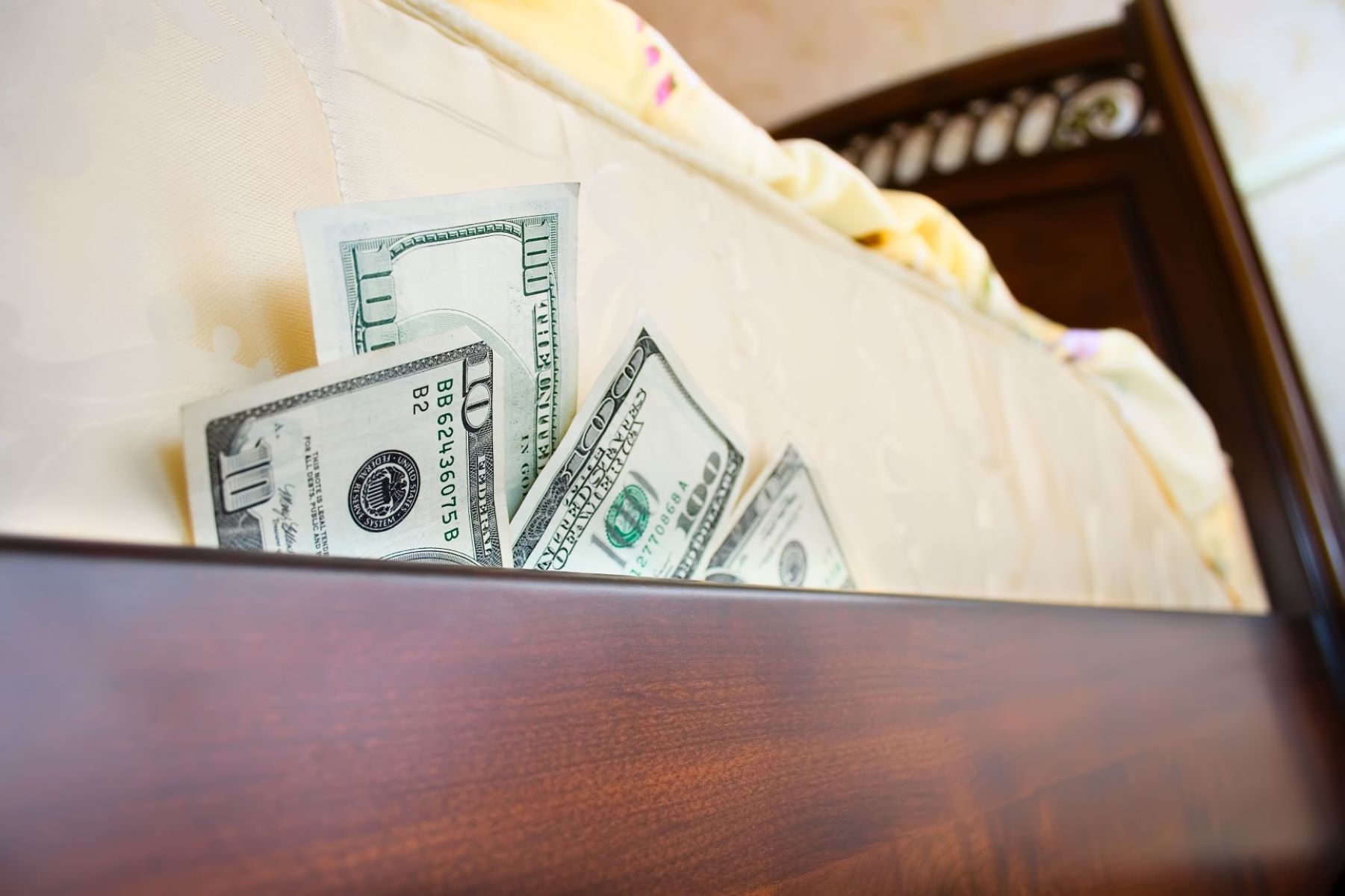
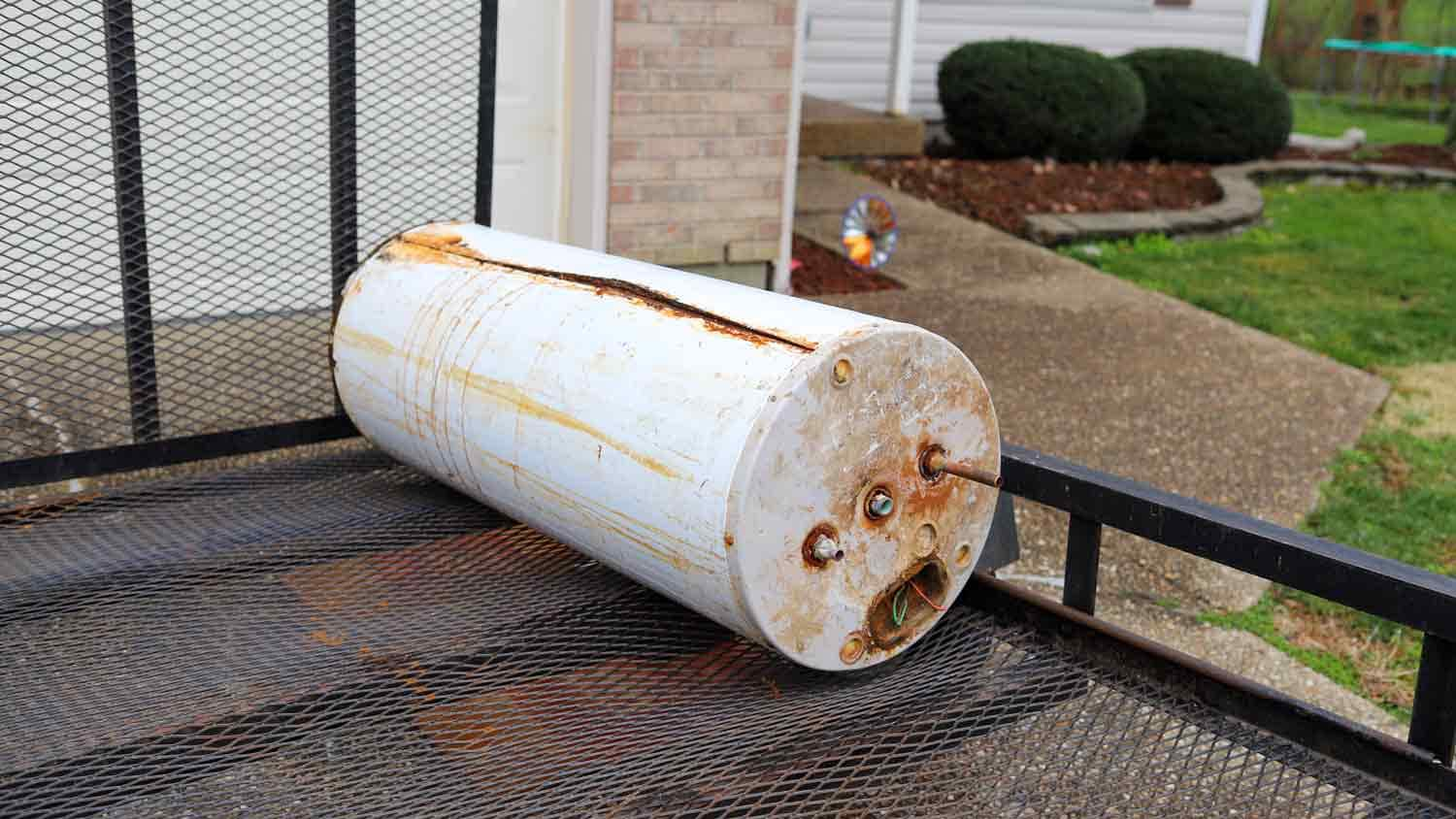

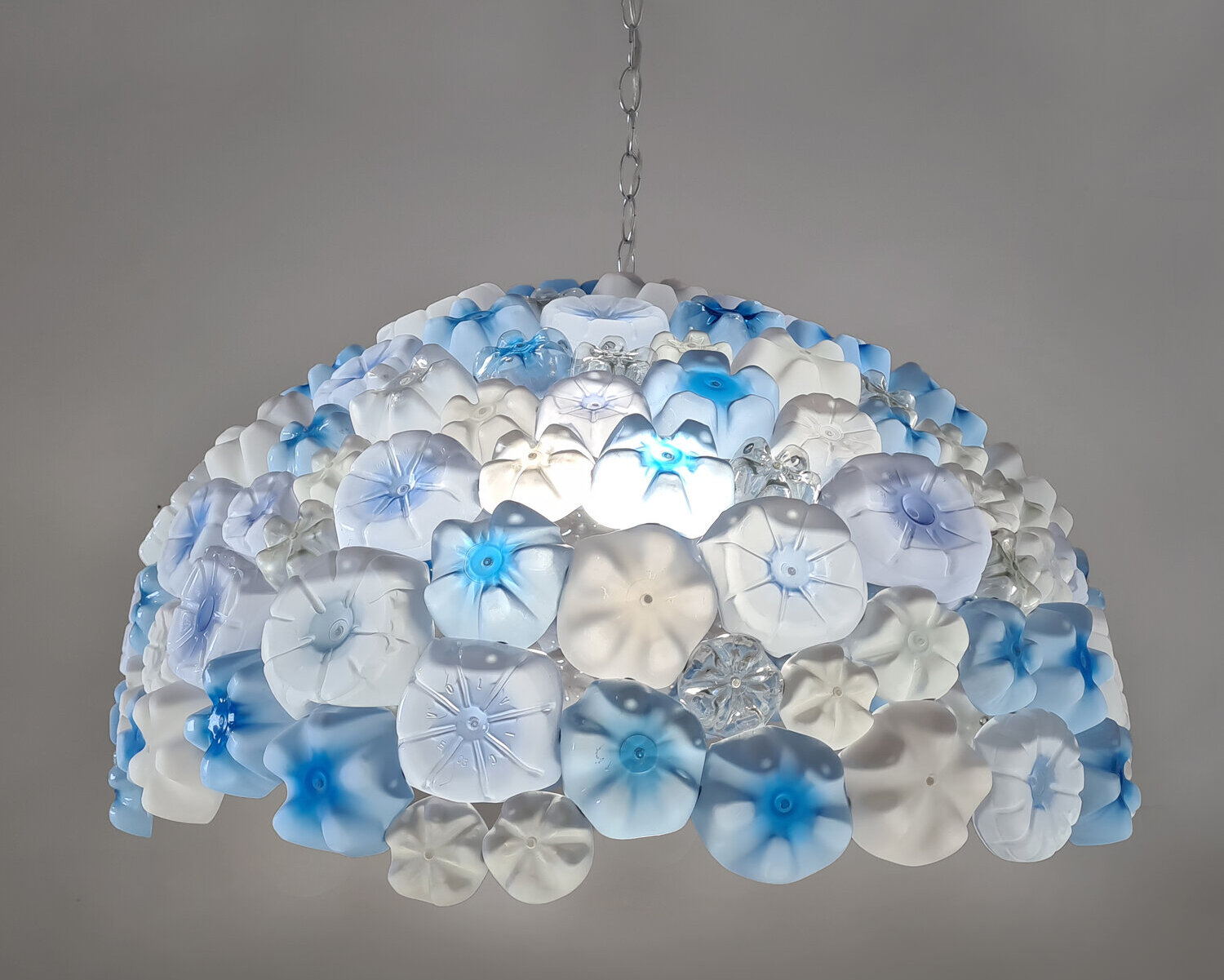
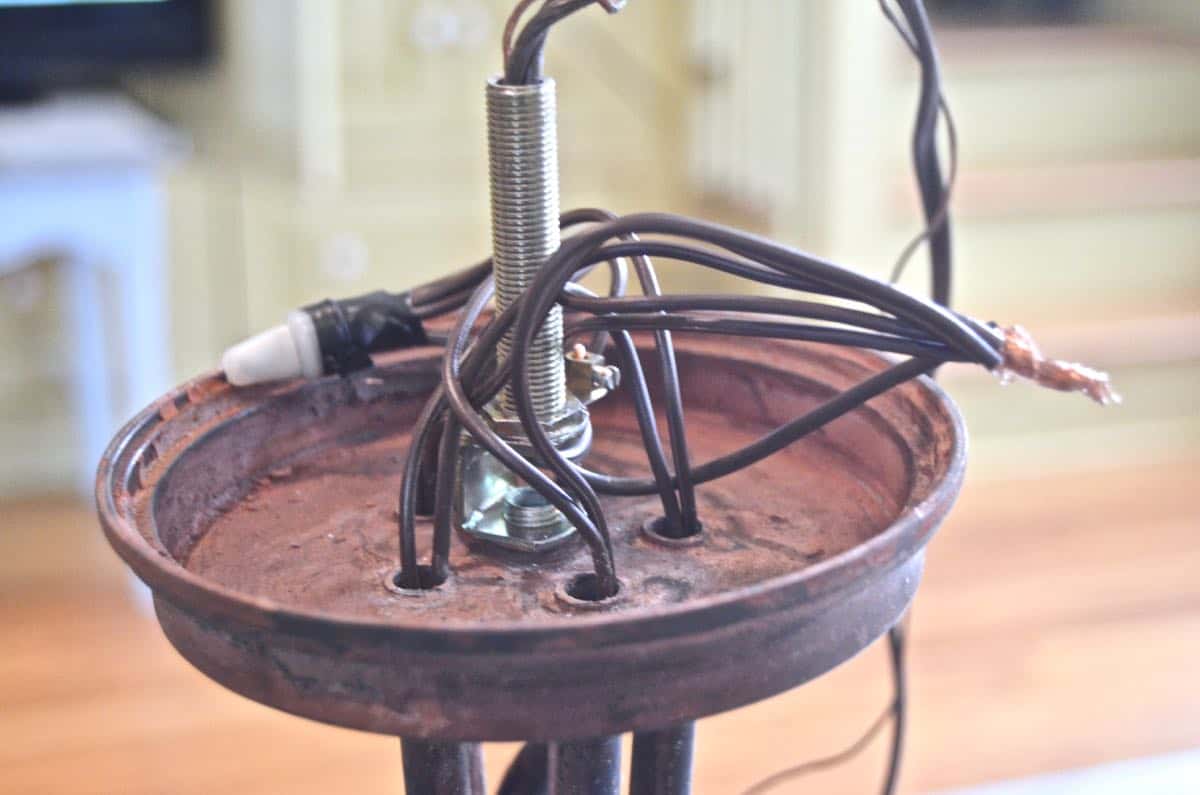
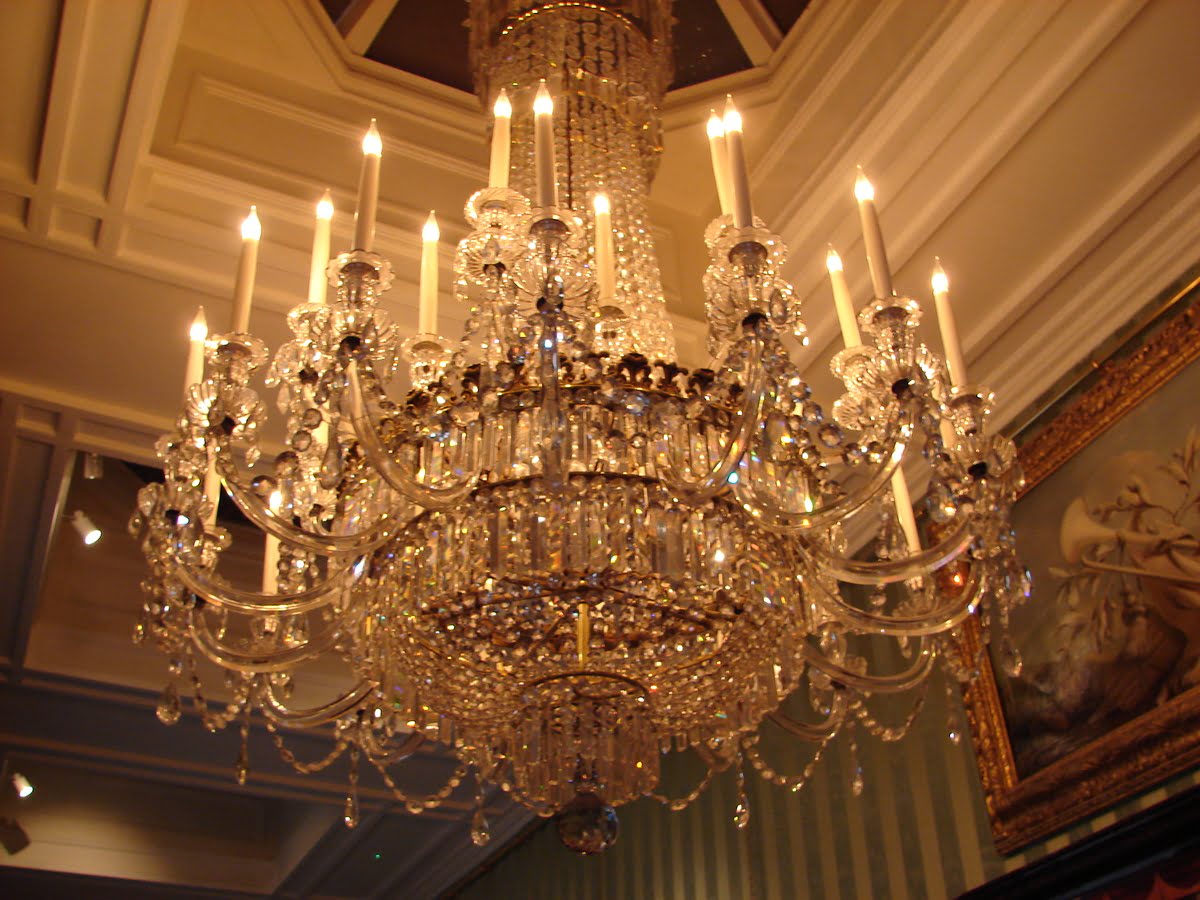

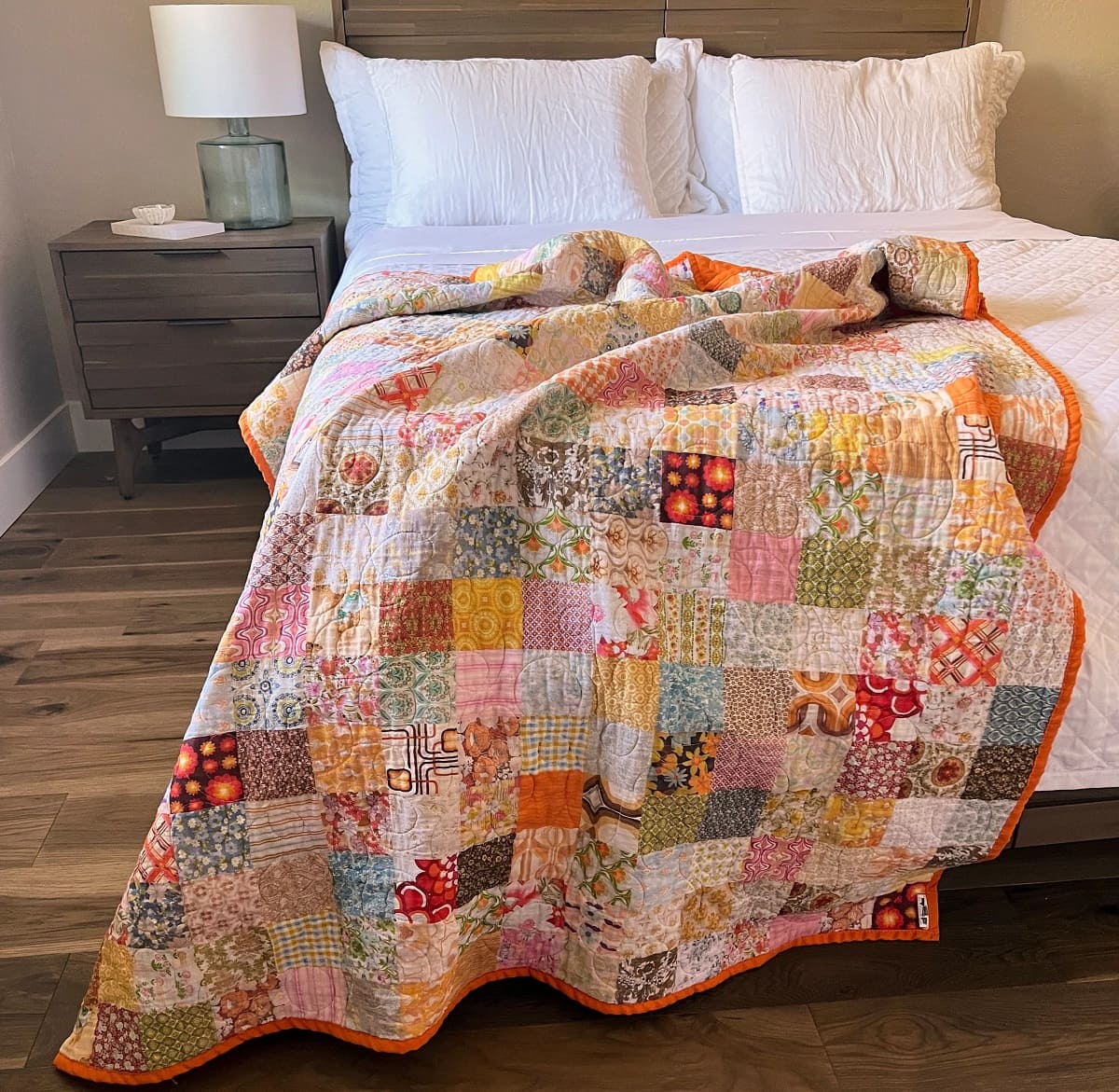
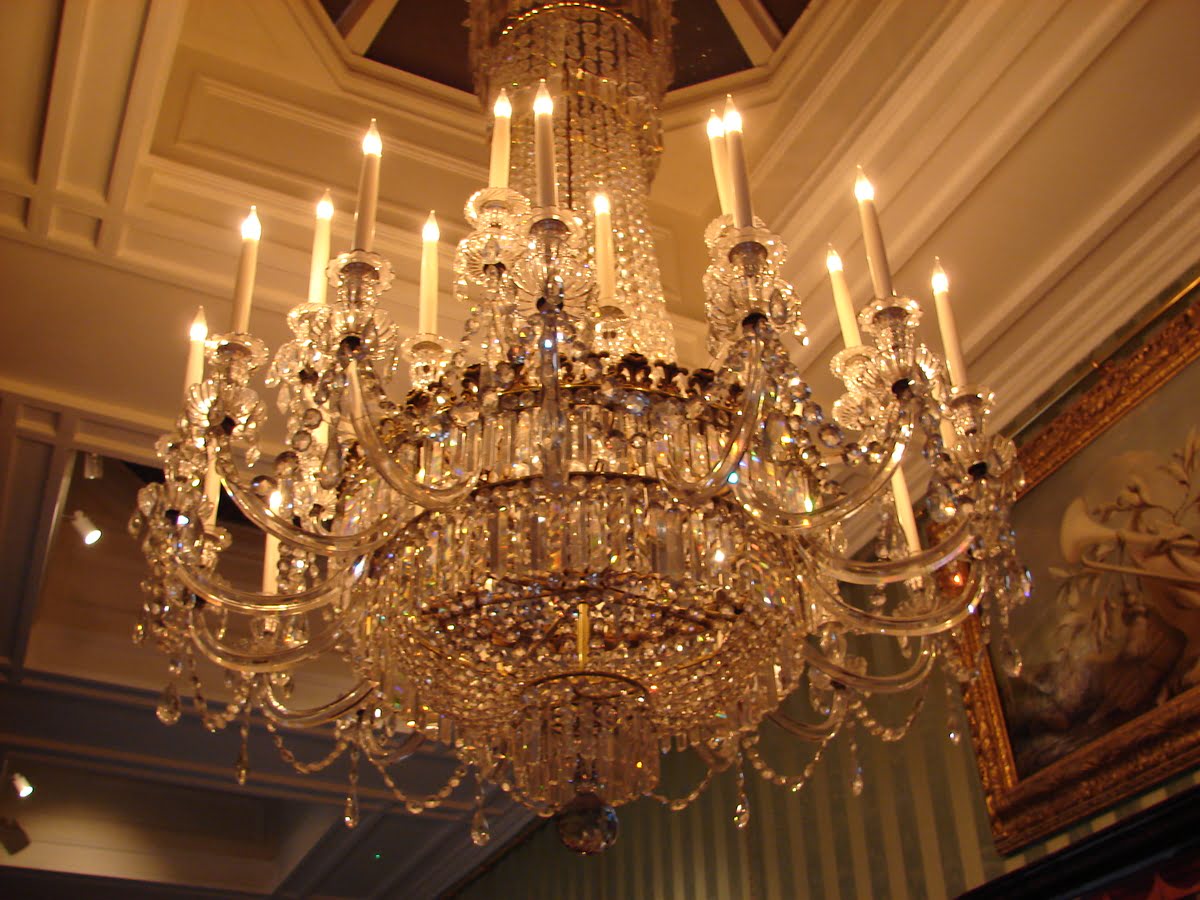
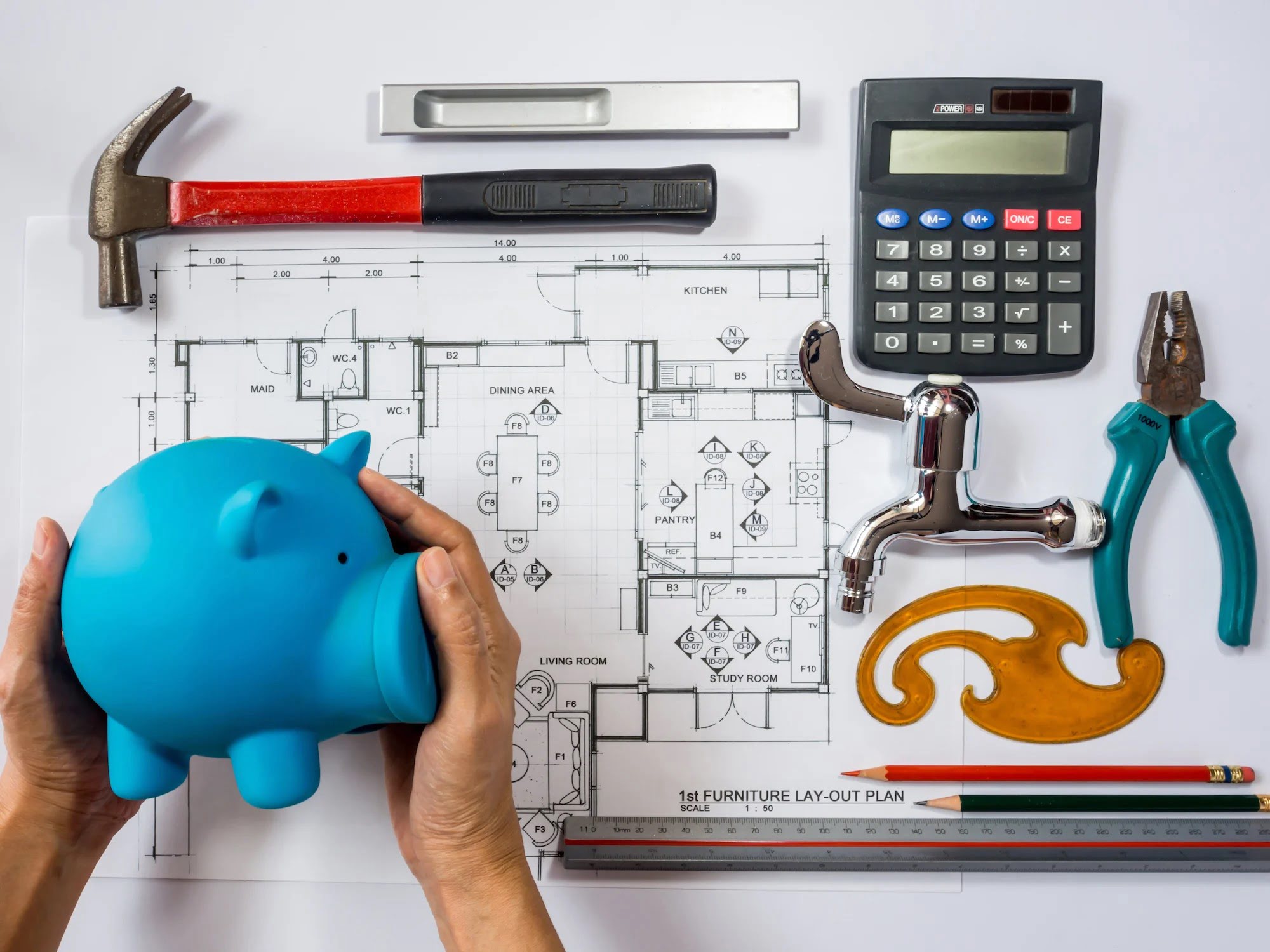
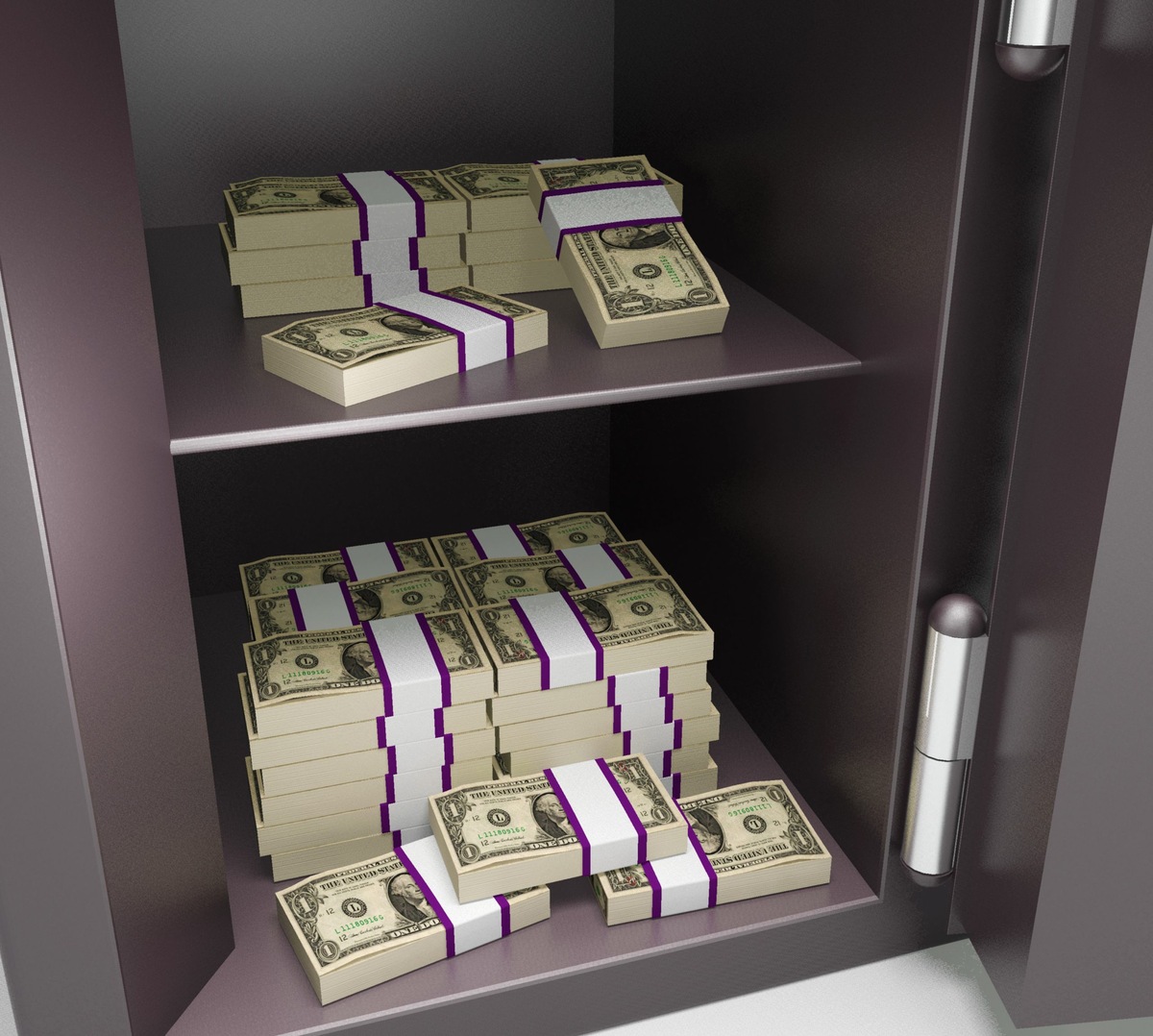

0 thoughts on “How To Tell If A Chandelier Is Worth Money”